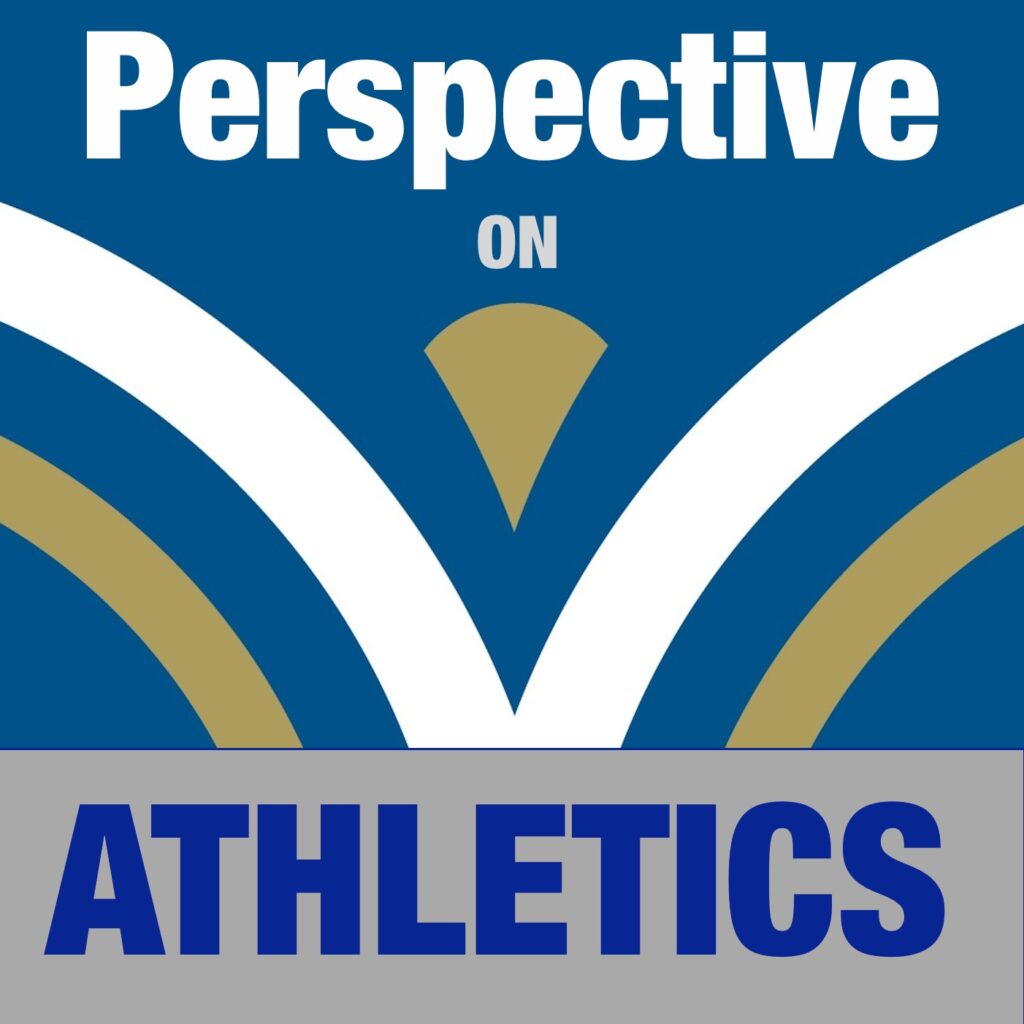Do you regularly collect feedback from your student-athletes?
More and more senior administrators are asking to see evidence of athletics’ impact on student learning. This comes as a response to accreditation, budget justification or simply a campus commitment to assessment of student affairs units. Institutions are looking for more accountability. This is a good thing for athletics programs and athletics directors. It may mean more work, but anything that will help you demonstrate how your athletics program connects to the mission of the college and how student-athletes learn are critical to your Department and program advancement.
Reasons why people don’t engage student-athletes
- Not enough time
- Not enough knowledge or expertise (comfort level)
- Fear of what you might find out
Important because
- Engages student-athletes (values their feedback)
- Offers insight into SA experience (good and bad)
- Useful feedback for coaches in Performance Management process
- Provides assessment data on how Athletics Department is doing with regard to core purpose, objectives
Two issues with most surveys:
- Poorly written
- Not doing anything with the results
Writing Good Surveys
The old adage “ask a silly question, get a silly answer” applies to athletics surveys. If you truly seek meaningful data to help improve your program, you must ask the right questions. For example, asking a student-athlete “Were you satisfied with your experience?” can provide a “yes” or “no” answer. But what does yes, or no, really mean? Similarly, you may ask “How satisfied were you with your experience?” and provide a Likert scale for responses (very dissatisfied to very satisfied). But again, what does “very satisfied” mean?
So how can we get meaningful feedback that demonstrates the impact athletics participation has on student-athletes?
Good survey design must start with defining objectives:
- What is the athletics program trying to achieve (desired outcomes)? Are your department mission statement and its goals supported by stated objectives and actions?
- Exactly what are you trying to measure (inquiry)? Are you interested in satisfaction? Impact of time commitment? Integration into campus life? Coaching effectiveness?
- What will results tell you (progress)? Are you benchmarking against divisional or departmental expectations? Is there longitudinal data on each cohort of student-athletes? Will the data be honest and unfiltered?
- How will you use the information collected (action, improvement)? Will it support a budget presentation, a fundraising initiative or your accreditation report?
These simple questions are the backbone of assessment design, including surveys. Investing a small amount of time before you dive into survey writing and distribution will provide much better results that show the meaningful impact of athletics on student-athletes.
Using The Data
So, what now? Athletic directors rarely have the expertise or time to conduct meaningful assessment of their programs. But even when some survey is conducted, few utilize the information in any meaningful way.
Be sure to:
- Review all of the data
- Summarize it
- Share it (with the coach, or other administrators)
- Connect it to your core purposes, objectives, performance management process
To Sum Up
Using a survey to assess athletics and the student-athlete experience can be an effective, powerful tool if conducted properly. Keep in mind the following five steps to make your survey project useful:
- Define objectives of the survey.
- Design an effective instrument.
- Invite student-athletes to participate.
- Summarize and analyze the data.
- Identify actions to improve the student-athlete experience.
There are more ways to fully assess the student-athlete experience, including focus groups, interviews and observation. A comprehensive assessment incorporated multiple methods of inquiry and data collection. A a minimum, surveys will provide you with feedback to help better understand student-athlete needs and satisfaction.
Follow us on Twitter at @MajeskiMark
Subscribe to Perspective on Athletics podcast on iTunes.
Podcast: Play in new window | Download

